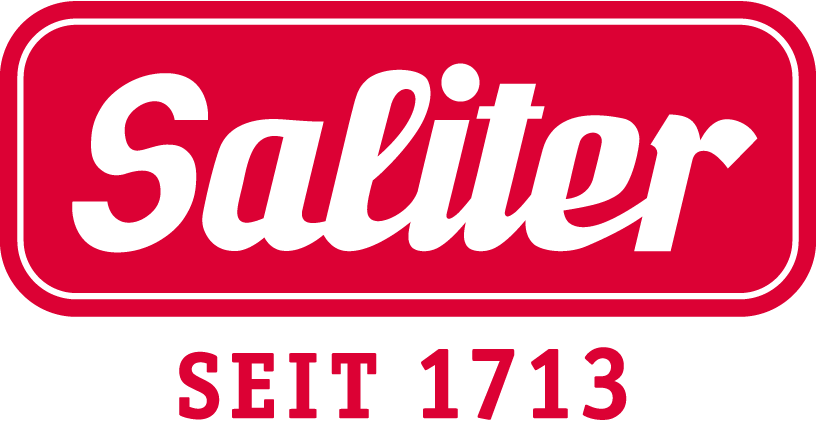Saliter – a story
from the Allgäu.
Tradition and inventiveness have always gone hand in hand at Saliter – we became well known for our long-life milk products, but today it’s mainly our coffee-enhancing products and delicious flavoured milk drinks which are popular with milk fans in our local area and beyond. Follow the journey taken by the Saliter brand in our historic dairy’s development from its beginnings along its path up to the present.


An event to celebrate – Saliter is 300 years old.





A strong partner and a strong alliance
Saliter officially becomes a subsidiary of EHRMANN AG. Our company will nevertheless continue its centuries-old traditions, and stay true to its home in Obergünzburg in Germany.



The age of modernity has arrived
Ultra-heat treatment and aseptic filling systems are introduced to optimise production processes at Saliter.





Good things for the little ones
And once again we see the innovative spirit of this family-run company. This time it’s Hans Gabler, who develops the first premium milk especially for children and so lays the foundations for what remains one of Saliter’s most important business areas, even today.



A milestone in the company’s history
As a typical Allgäu ‘Tüftler’, J. Michael Gabler always liked tinkering with machinery – and this led to his being an innovator in the dairy industry. As early as the beginning of the 20th century he developed a process for manufacturing powdered milk, thus making it possible to preserve milk. His process, by which milk concentrate is dried in a rotating drum, became known throughout the world as the ‘Saliter process’. In 1912, the first tins of Saliter milk appeared in the shops.





A life-long union
Johann Georg Gabler married the daughter of Sebastian Feigele, whose business was saltpetre mining. ‘Saliterer’ was the name of his profession and this was adopted as the name of the company.. The family founded the Gabler-Saliter saltpetre mining company. And because potassium nitrate was frequently found on farmland, the family seized the opportunity and changed to trading in butter and lard, which paved the way into the dairy industry.

